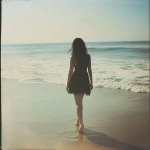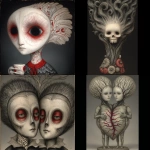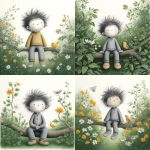Explore the Best AI Image Gallery
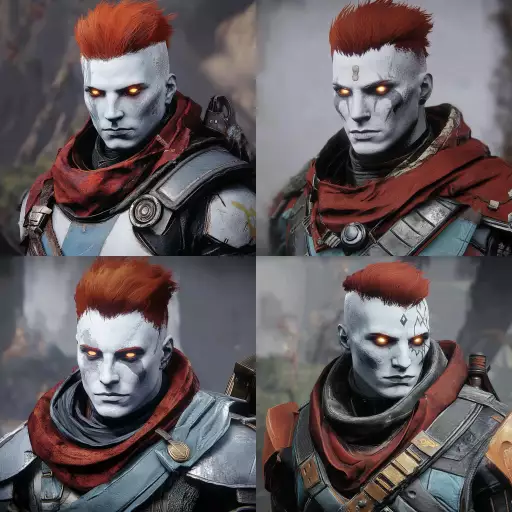
Beyond the Canvas: AI Image Creation Tools and the Future of Art
The realm of art has always been a dynamic space, constantly evolving with new technologies and ideas. Today, we stand on the precipice of another revolution – one driven by artificial intelligence (AI) and its ability to generate stunningly realistic and imaginative images. AI image creation tools are rapidly changing the creative landscape, empowering artists, designers, and even everyday individuals to explore uncharted territories of visual expression.
The Potential of AI Image Generation
These tools offer a plethora of possibilities, spanning diverse applications:
- Concept Visualization: Artists can leverage AI to quickly generate visual representations of their ideas, refining concepts and exploring different aesthetics before committing to traditional mediums.
- Content Creation for Marketing and Media: Businesses can utilize AI-generated images to create engaging marketing materials, social media content, and even personalized product visuals.
- Accessibility in Art: Individuals with physical limitations or disabilities can use AI tools to express their creativity through image generation, overcoming barriers to traditional art forms.
- Artistic Exploration and Experimentation: AI opens doors for artists to experiment with novel styles, techniques, and concepts, pushing the boundaries of artistic expression.
The Ethical Considerations
While the potential benefits are immense, the rise of AI image creation tools also raises crucial ethical considerations:
- Copyright and Ownership: Questions arise regarding the ownership of AI-generated images – who holds the rights to the work: the user, the AI developer, or perhaps even the AI itself?
- Bias and Representation: AI algorithms are trained on existing datasets, which can perpetuate societal biases and stereotypes. Its crucial to ensure that AI-generated imagery reflects diversity and avoids harmful representations.
- Authenticity and Deception: The ability to create hyperrealistic images raises concerns about the potential for misuse, such as generating fake news, propaganda, or deepfakes – manipulating visual information to deceive.
- Impact on Human Creativity: Some argue that AI image generation may diminish the value of human creativity. However, its more likely that AI will become a collaborative tool, augmenting human artistic abilities rather than replacing them entirely.
The Future of Art in an AI-Powered World
The future of art is undoubtedly intertwined with the evolution of AI. We can anticipate:
- Continued Advancements in AI Algorithms: Expect to see even more sophisticated AI models capable of generating increasingly realistic and nuanced images, potentially blurring the lines between human and machine creation.
- Emergence of New Art Forms: AI will likely inspire entirely new artistic expressions, pushing the boundaries of what is considered art and challenging traditional notions of creativity.
- Integration with Other Technologies: Expect to see AI image generation integrated with virtual reality (VR), augmented reality (AR), and other emerging technologies, creating immersive and interactive art experiences.
- Ethical Frameworks and Regulations: As AIs role in art expands, the need for ethical guidelines and regulations will become increasingly important to address concerns about copyright, bias, and authenticity.
The integration of AI into the creative process is a complex and multifaceted journey. While it presents exciting opportunities and challenges, one thing is certain: AI image creation tools are poised to revolutionize the art world, forever altering our perception of creativity, artistic expression, and the very definition of art itself.
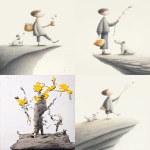
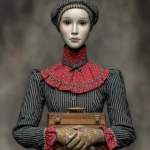
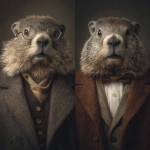
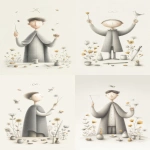
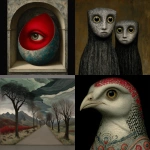

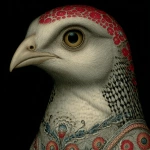


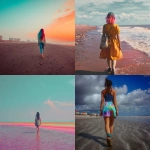

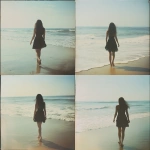
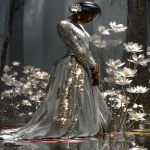


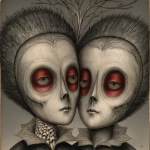
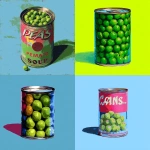
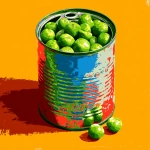
](https://images.ai-img.art/thumbnails/150/6a577517a359cd2bc6212d6b0f12c7cab660841317023550a76c84f409c7f2d0.webp)
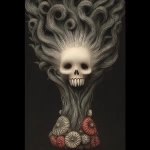
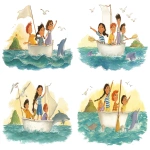


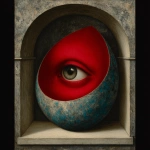
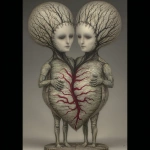
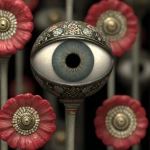
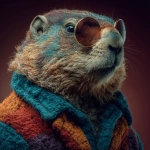
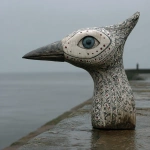
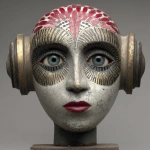
](https://images.ai-img.art/thumbnails/150/45237dfa7845159b860f9e234c48c4418e8efcb52b4d15da4493f46e6a99f337.webp)

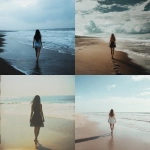

](https://images.ai-img.art/thumbnails/150/1b14bd827b740aca3b0d8efa7ed6865e28c7c8382172f3f565c96b6c5f64ca78.webp)
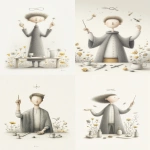
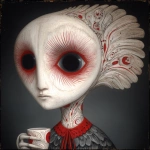
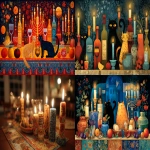
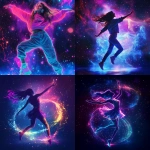

](https://images.ai-img.art/thumbnails/150/065f0b2e150f4cc43a9da80d822e8a385e9e50f2f6ff2cc3be7639cfd74952da.webp)
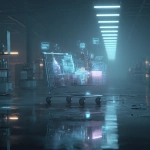
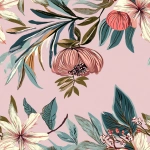
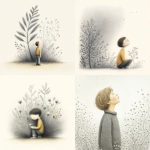
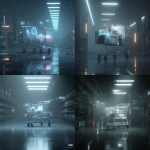
](https://images.ai-img.art/thumbnails/150/6a9bb97a3f1c45ab616724cc54bca010cbcc2d658a9c0e4581aa181c88046444.webp)

